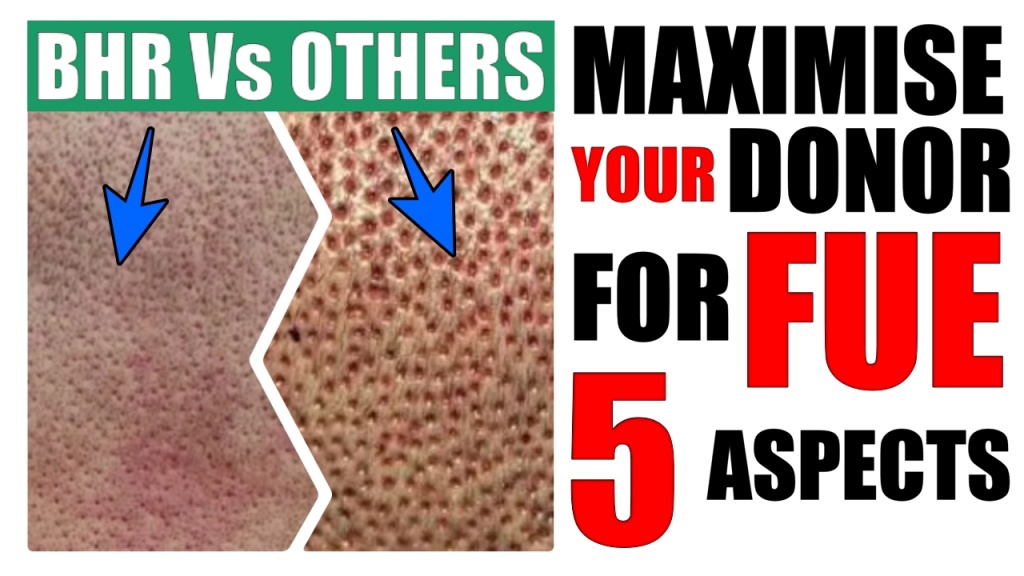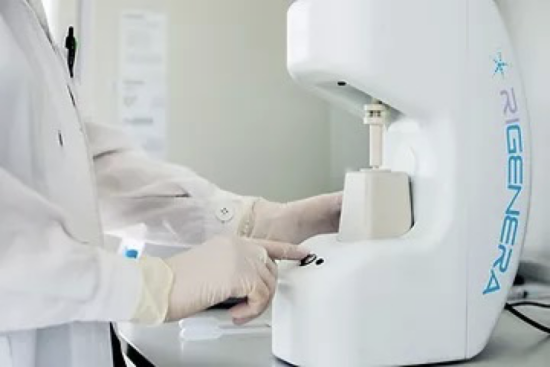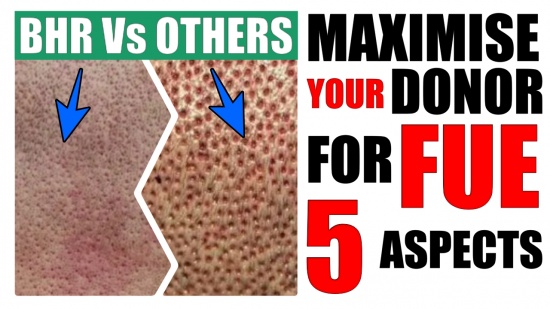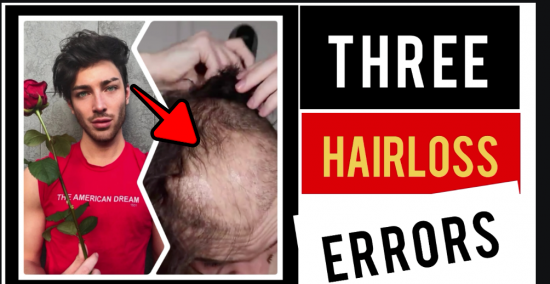In the last decade or even longer, we have heard a lot about cloning hair follicles, splitting hair follicles, or even regenerating hair follicles by dipping them in Acell..the list goes on. The motivation is good but the outcomes are not so. For the patient, the donor, its density, the make-up of 1s, 2s, 3s, 4s, the safe zones, the coarseness, etc are the cards we have been dealt with in life. We can’t change the cards, what we can change however is how we play them.
At BHR we are realists, we are not known for screaming for the new trend, the new injection or Robot, or deliberate transection technique. What we are known for is trying to make sure we can maximize your donor with the tools, technology, and techniques we have available and have done since inception.
It is not rocket science and if I as a layman can understand it then probably most on the planet will be able to follow me. What we do implement is a logical approach and as broken down in the video, for us it forms the benchmark for looking after a patient’s donor, allowing them to wear their hair as short as possible, not producing over-harvested or moth-eaten areas, spreading the extraction to allow both healing and also cherry-picking the right grafts for the right areas to treat. Utilizing small punches that will safely encapsulate the follicular unit without damaging surrounding follicles. Having depth control and appreciating the graft depth, angles, and even the level of attachment they have under the skin.
Sadly with FUE the above for many are not considerations, it is about getting the number of grafts needed, regardless of where or how you get them, with no thought for the future loss that may occur, or the areas taken from. Patterning is ignored and often the FUE holes will be co-joined to others to form blobs of scar tissue and with abrupt linear and very obvious boundaries that offer no blend at all back into the un-touched area, almost square grids of harvesting, like postage stamps.
The result of such approaches is inevitably areas are one-stop shopping, you cannot revisit to get more from them, usually, the richer parts are gone for hair-line work, and the patient is left with the possibility of future loss and then having to use the finer area of the donor for the recipient areas that would really benefit from the chunkier grafts. The large punches used mean shaving down is impossible and also the collateral damage to surrounding tissue and neighboring follicles is also evident. These scenarios at best mean no more hair can be taken from the richer areas, or at worse they need SMP or even re-stocking to make the patient look more acceptable. In essence, they swapped a problem on the recipient for a problem in the donor, assuming the recipient even went well.
Is FUE a good technique? Yes, it is.. but it is really far more complex than many believe and really does take a solid appreciation and grounding to know how to do it well and to really maximize the donor for a patient who likes all of us, will have only a finite number of grafts to use.
Don’t be a victim, make sure to research, realize hair loss is progressive and you will need to use your donor wisely. Look at the principles in this video and ask yourself, does my clinic of choice appreciate these issues.
Take care and thanks for reading!



